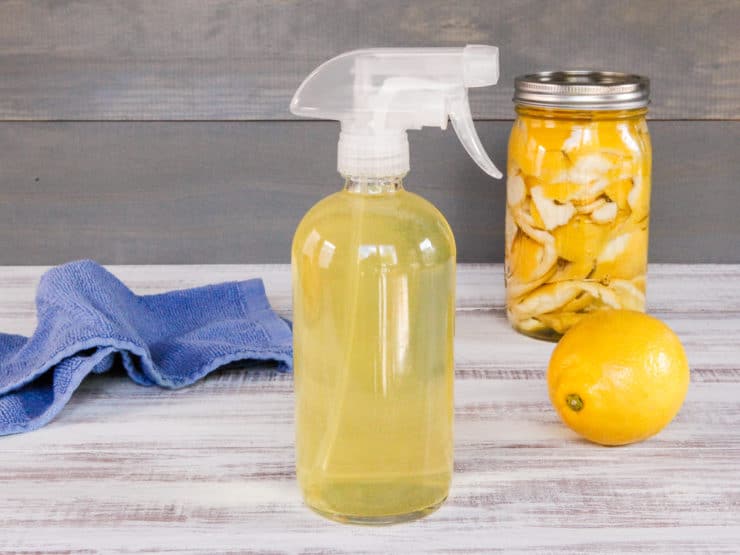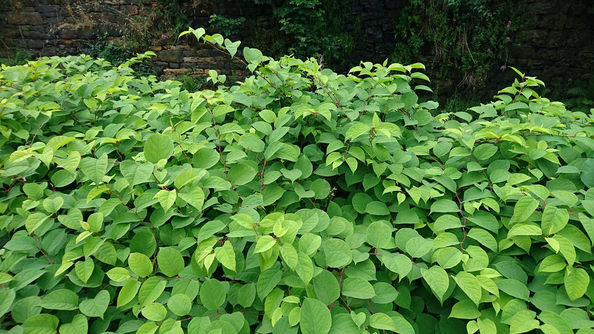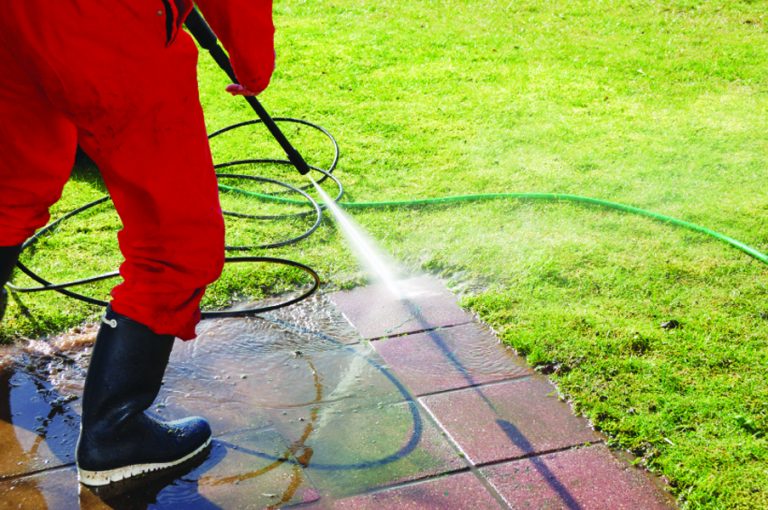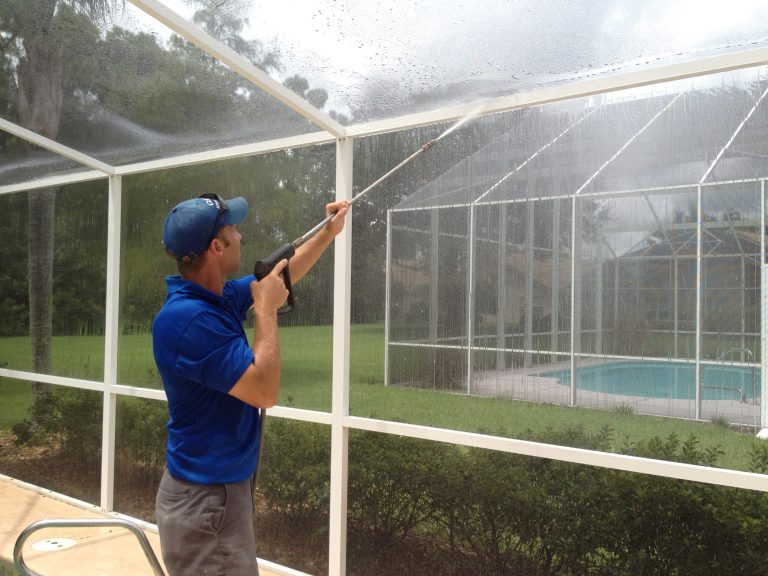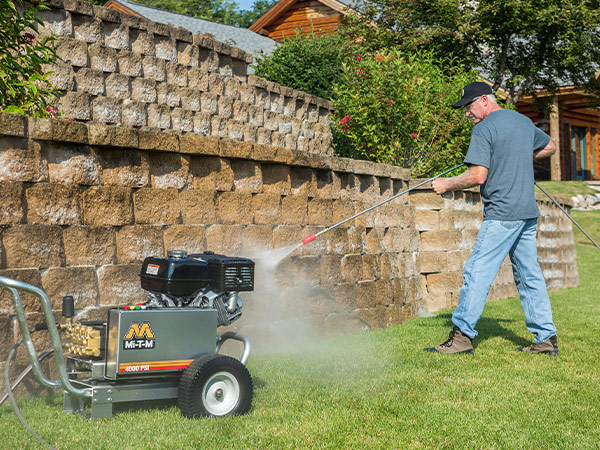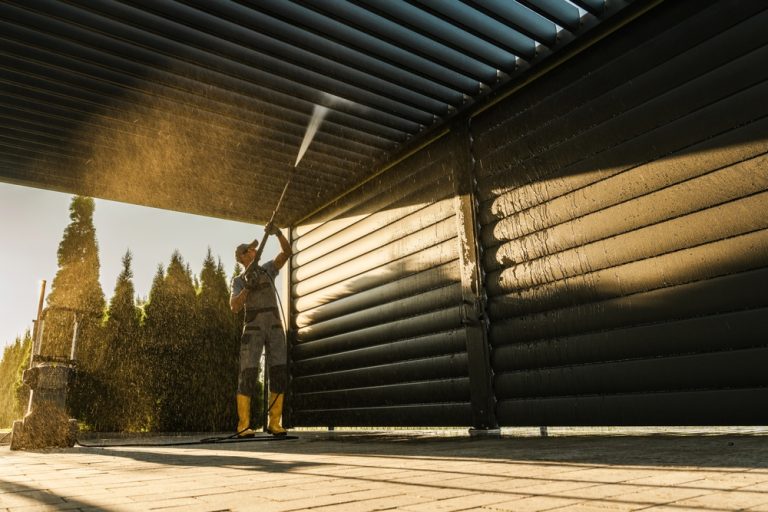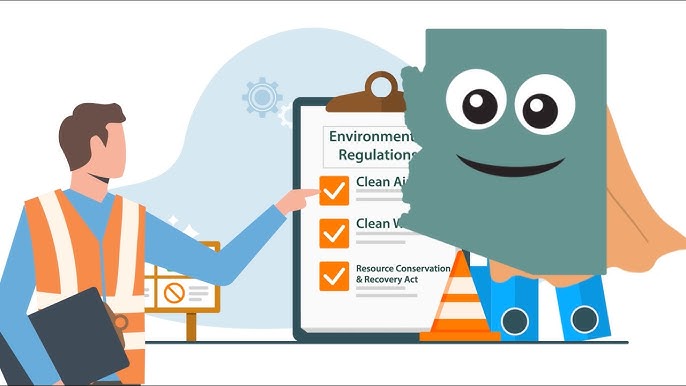
When it comes to pristine natural areas like national parks, wildlife preserves, and designated wetlands, cleanliness must always be balanced with conservation. Pressure washing, while effective at removing grime and buildup, can pose serious environmental risks—especially when conducted in protected zones. 🌿⚠️
This article dives into the complex world of regulations, permits, and best practices for pressure washing in environmentally sensitive or legally protected areas.
🏞️ What Qualifies as a Protected Area?
Protected areas come in many forms and are managed by a variety of local, state, and federal entities. These may include:
- National Parks (NPS-managed)
- State Parks or Forests
- Wildlife Refuges
- Marine Protected Areas (MPAs)
- Wetlands and Watersheds
- Cultural Heritage Sites
Each of these areas has its own legal protections, often tied to the Endangered Species Act (ESA), Clean Water Act (CWA), or National Historic Preservation Act (NHPA).
Even something as routine as power washing a boardwalk or visitor center must comply with specific environmental regulations. 🧼📝
⚠️ Environmental Concerns in Sensitive Zones
The risks associated with pressure washing in protected areas are heightened due to:
- Runoff into sensitive habitats (wetlands, coral reefs, spawning grounds)
- Disturbance to native plant and animal life
- Use of harmful detergents or degreasers
- Physical damage to historic or fragile structures
- Noise pollution disrupting wildlife
Without proper safeguards, pressure washing in these areas can violate federal laws and cause lasting ecological damage. 🐾❌
📋 Do You Need a Permit?
Yes—in most cases. Performing pressure washing work in protected zones without proper authorization can result in:
- Fines ranging from hundreds to thousands of dollars
- Cease and desist orders
- Loss of contractor licenses
- Environmental remediation requirements
Permits are usually required for:
- Any surface cleaning near waterways
- Work within a designated distance of wetlands or habitats
- Cleaning historic monuments or public-use facilities
🔍 Who Issues the Permits?
Depending on the area, your permit could come from:
| Jurisdiction | Issuing Authority |
|---|---|
| National Parks | National Park Service (NPS) |
| State Parks | State Department of Natural Resources |
| Federal Waters/Wetlands | U.S. Army Corps of Engineers, EPA |
| Historic Sites | State Historic Preservation Offices (SHPOs) |
| Local Conservation Land | County or municipal environmental agencies |
Each agency has its own criteria and timeline, so contractors must plan ahead and expect to provide documentation, safety plans, and environmental impact details. 🗂️⏳
🧪 Common Permit Requirements
To receive approval, many permits demand:
- Product disclosures: What chemicals will be used? Are they EPA-certified?
- Runoff control measures: Will you contain or vacuum wastewater?
- Noise mitigation: How loud is the equipment, and how will noise be minimized?
- Site restoration plans: Will the environment be disturbed, and how will it be repaired?
Some protected areas may also restrict the time of year or day that work can be performed, to avoid migratory seasons or sensitive periods for local species.
✅ Best Practices When Working in Protected Areas
Whether you’re a contractor or facilities manager, these best practices can help ensure you’re operating responsibly:
1. Use Certified Green Detergents 🧴
Only use biodegradable, non-toxic solutions that are labeled for environmental use near aquatic or wildlife zones.
2. Contain Runoff with Berms or Vacuums 💧
Ensure that all wastewater is captured and disposed of according to local hazardous waste guidelines.
3. Conduct Pre-Work Site Assessments 📸
Document the condition of the site before work starts, including plant life, pathways, and structural materials.
4. Avoid High-Pressure Settings Near Delicate Surfaces ⚠️
Use low PSI settings on historic stone, wood, or aging infrastructure to prevent irreversible damage.
5. Train Crews in Environmental Protocols 🎓
Workers should understand more than just equipment—they need to know what’s at stake ecologically.
🧠 Real-World Example
In 2021, a contractor hired to clean visitor facilities in a U.S. wildlife refuge used bleach-based chemicals that leaked into a nearby pond. The result?
- Fish kills
- A $12,000 environmental fine
- The company lost future contracts with the Department of the Interior
This incident underscores the importance of knowing the rules before starting the job. Regulatory mistakes in protected areas carry real consequences—for the environment and your business. 😬
🌍 Ethical and Business Benefits of Doing It Right
While working in protected areas requires extra effort, it also:
- Demonstrates your company’s environmental integrity
- Opens doors to government contracts
- Helps build long-term trust with eco-conscious clients
- Prevents costly legal issues and public backlash
Being proactive, respectful, and compliant can make your company a preferred vendor for sustainable property management firms and public agencies. 🤝🌱
🧠 Final Thoughts
Pressure washing in protected areas isn’t just about clean surfaces—it’s about clean conscience. These spaces are preserved for their ecological, cultural, or historical value. Cutting corners for the sake of efficiency puts that value—and your reputation—at risk.
Get the permit. Follow the protocols. And always clean with care. 🌲✅
